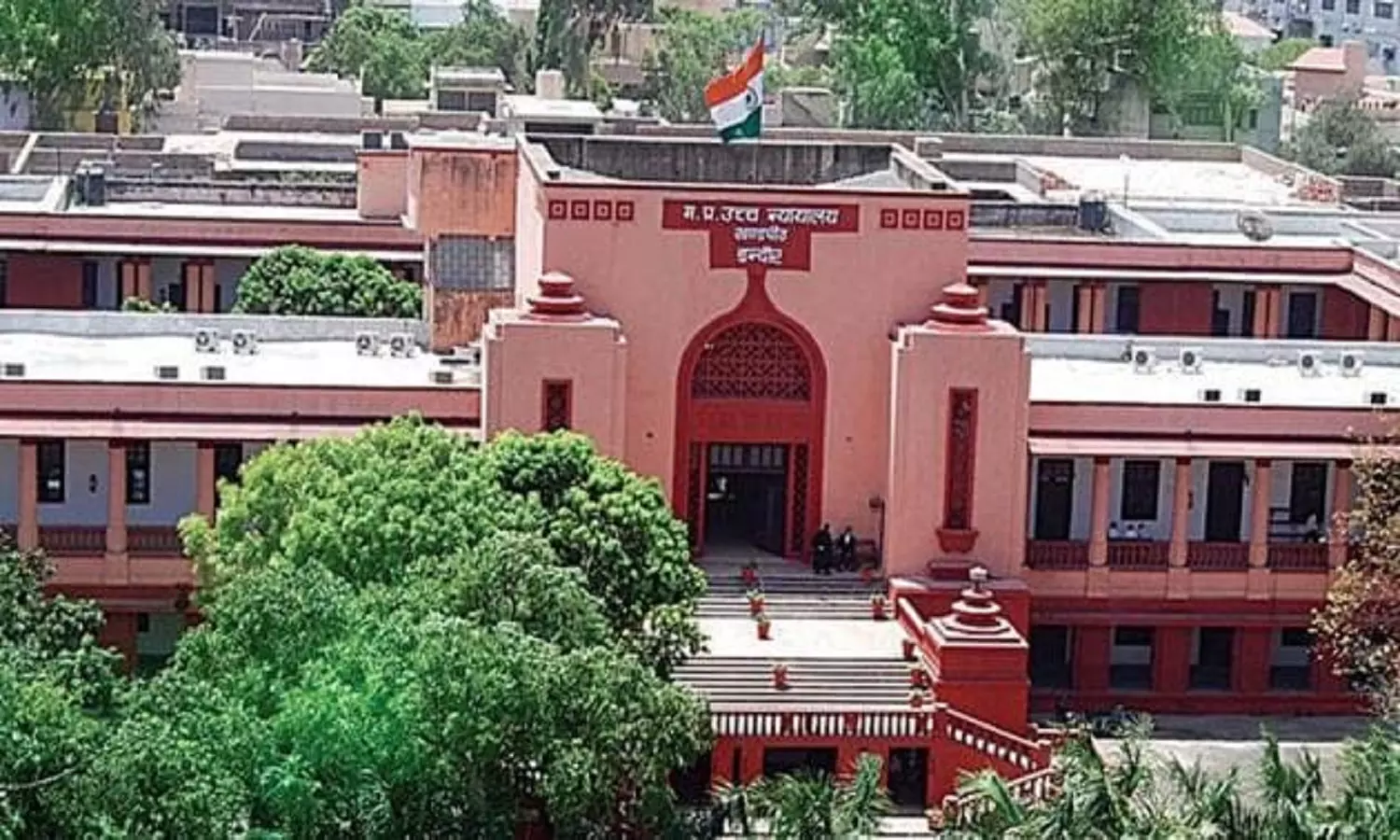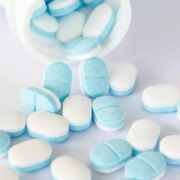Pregabalin Significantly Reduces Pain and Itch in Recessive Dystrophic Epidermolysis Bullosa: JAMA

Researchers have found pregabalin highly effective in reducing neuropathic pain and itch in recessive dystrophic epidermolysis bullosa (RDEB), the most prevalent and debilitating form of epidermolysis bullosa (EB), a rare skin disorder. A recent study was conducted by Calvo and colleagues published in JAMA Dematology.
RDEB is a generalized form of EB, with delicate skin that blisters and heals with chronic wounds. Neuropathic pain and pruritus are often documented as severely impacting quality of life. Current treatments offer only incomplete relief, and scarce evidence has been available to guide the management of these disabling symptoms. Pregabalin is a drug already approved for neuropathic pain and may also prove helpful in this indication.
The objective of this study was to investigate the efficacy of oral pregabalin in the adjunctive treatment of neuropathic pain and itching in patients with RDEB. It was hypothesized that treatment with pregabalin would be significantly more effective at relieving symptoms than a placebo.
This is a randomized, double-blinded, crossover trial conducted at two sites, Toronto, Canada, and Santiago, Chile from January 2019 through December 2020. The participants should be aged 8 to 40 years with diagnosed RDEB experiencing neuropathic pain and itch. The inclusion criteria were having a score of 4 or greater on the Douleur Neuropathique 4 (DN4) questionnaire and scoring greater than 4 on the VAS for pain or itch. Patients with poorly controlled medical conditions or allergies to pregabalin were excluded.
Pre-therapy screening of all patients and then random allocation to two groups of thirty in each. Group 1 was treated first with pregabalin followed by a placebo, and group 2 was given a placebo first followed by pregabalin. The dose limit of pregabalin was 300 mg/day. The effectiveness of treatment was assessed in terms of VAS scores for pain and itch before and after therapy.
-
Ten patients were recruited in the study with a mean age of around 26.6 years in both the groups.
-
Pregabalin decreased mean pain scores by 1.9 points whereas in case of placebo, it decreased by 0.1 points.
-
In comparison to the baseline, the decrease in mean was 0.9 points; on the other hand, the placebo group showed minimal reduction of 0.1 points.
-
Generally, the tolerance of pregabalin by participants was good. No major adverse effects were encountered.
Pregabalin operates by the modulation of calcium channels within the central nervous system to block the release of certain neurotransmitters that cause pain. With RDEB, the antineuropathic pain property of pregabalin has made this drug a possible candidate for the management of chronic discomfort associated with this disease.
This study demonstrated that pregabalin considerably reduced pain and itch. The results provide renewed optimism for patients with RDEB, based on preliminary evidence that pregabalin may serve as a treatment for the neuropathic symptoms inherent to the disease; further investigation is necessary to formally confirm these results and ascertain long-term benefits of pregabalin in this patient population.
Reference:
Calvo, M., Tejos-Bravo, M., Passi-Solar, A., Espinoza, F., Fuentes, I., Lara-Corrales, I., & Pope, E. (2024). Pregabalin for neuropathic pain and itch in recessive dystrophic epidermolysis bullosa: A randomized crossover trial. JAMA Dermatology (Chicago, Ill.). https://doi.org/10.1001/jamadermatol.2024.3767
Powered by WPeMatico












